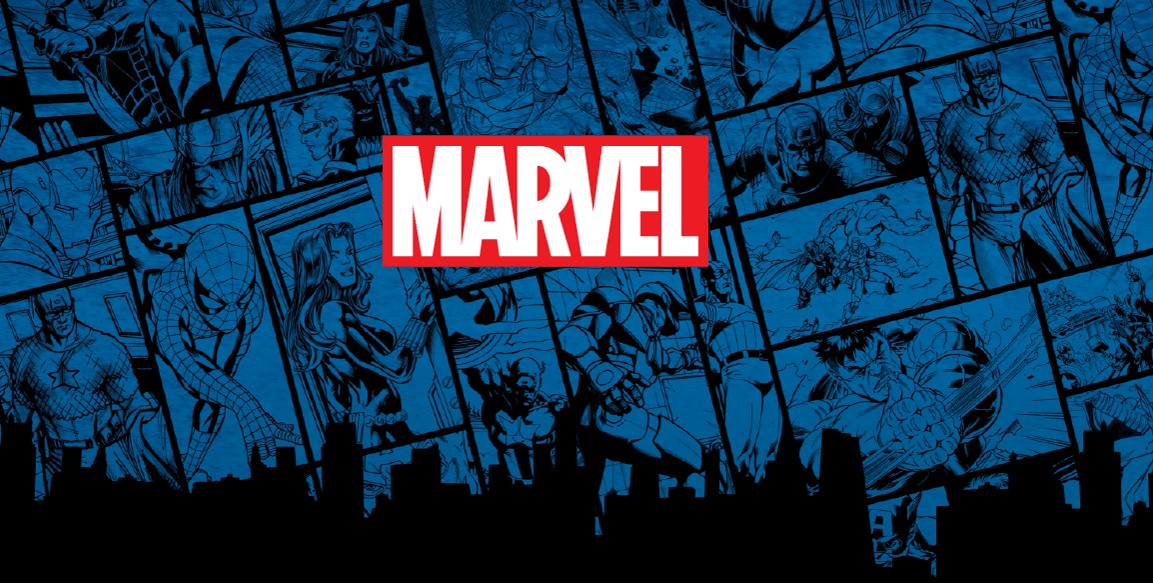
Is there any character more universally recognized, more synonymous with pure, unadulterated fun, than Super Mario? For generations, this plucky Italian plumber has been jumping, soaring, and fireballing his way into our hearts, defining genres and pushing the boundaries of what video games could be.
But how did he become the pixelated titan we know today? Let’s take a warp pipe journey through the rich and vibrant history of Super Mario!
Humble Beginnings: Before the “Super” (1981-1983)
Our hero didn’t start life as “Super Mario,” or even as a plumber! His very first appearance was in 1981’s Donkey Kong arcade game. Here, he was simply “Jumpman,” a carpenter bravely rescuing his girlfriend, Pauline, from the clutches of an angry ape. He wore a red shirt and blue overalls, primarily because it was easier to animate a character with distinct upper and lower body colors in the limited pixel palette of the era. He also sported a mustache to make his nose visible!
It wasn’t until 1983’s Mario Bros. arcade game that Jumpman officially became “Mario” and got his iconic profession – a plumber, fitting for a game set in the sewers. This game also introduced his taller, green-clad brother, Luigi, and laid the groundwork for co-op gameplay that would become a Nintendo staple.
The Mushroom Kingdom Renaissance: Super Mario Bros. (1985)
While his early appearances were a hit, nothing could prepare the world for what came next. In 1985, Super Mario Bros. launched on the Nintendo Entertainment System (NES), and it wasn’t just a game – it was a phenomenon that single-handedly revitalized the video game industry after the crash of 1983.
Created by the legendary Shigeru Miyamoto and scored by the iconic Koji Kondo, Super Mario Bros. introduced us to the vast and imaginative Mushroom Kingdom, Princess Peach, the nefarious King Bowser, and a host of unforgettable enemies like Goombas and Koopa Troopas. It defined the side-scrolling platformer genre, offering intuitive controls, ingenious level design, and the magical power-ups (Super Mushroom, Fire Flower, Starman) that became instant classics. It was a masterpiece of design, accessibility, and pure joy.
The Golden Age of 2D: Innovation After Innovation (Late 80s – Early 90s)
Nintendo didn’t rest on its laurels. The subsequent 2D Mario titles pushed the envelope even further:
- Super Mario Bros. 2 (1988): A quirky departure, allowing players to choose between Mario, Luigi, Toad, and Princess Peach, each with unique abilities.
- Super Mario Bros. 3 (1988): A monumental leap, introducing a sprawling world map, incredible new power-ups like the Tanooki Suit (flying!) and Frog Suit, and revolutionary level design that set a new standard.
- Super Mario World (1990): The launch title for the Super Nintendo Entertainment System (SNES), this game brought us the lovable dinosaur Yoshi, a vibrant new art style, and the amazing Cape Feather, cementing its place as one of the greatest 2D platformers ever made.
The Leap to 3D: A New Dimension of Play (1996)
Then came the game that shattered expectations and redefined gaming forever: Super Mario 64 (1996) for the Nintendo 64. This wasn’t just a Mario game; it was a blueprint for how 3D games would be made.
Mario 64 gave players unprecedented freedom to explore vast, open levels, manipulating a camera in a 3D space with the N64’s groundbreaking analog stick. Every jump, every dive, every wall kick felt fluid and precise. It was a monumental shift that demonstrated the true potential of 3D gaming and firmly established Mario as a pioneer of interactive entertainment.
Evolving Through Eras: From GameCube to Switch
Mario continued to evolve with each new Nintendo console, always bringing fresh ideas while retaining that core sense of fun:
- Super Mario Sunshine (2002): Mario’s tropical adventure on Isle Delfino, introducing the FLUDD pack for water-based platforming and combat.
- Super Mario Galaxy (2007) & Galaxy 2 (2010): A dazzling, gravity-defying spectacle on the Wii, challenging players with spherical worlds and imaginative level design.
- New Super Mario Bros. series (2006-2012): A triumphant return to side-scrolling 2D, blending nostalgic aesthetics with modern gameplay.
- Super Mario Odyssey (2017): A breathtaking return to sandbox-style gameplay on the Nintendo Switch, introducing Cappy, Mario’s sentient cap that allows him to “capture” enemies and objects, fundamentally changing how he interacts with the world.
Beyond the Platform: The Mario Universe Expands
Mario’s influence isn’t limited to his main platforming adventures. His universe has exploded into a galaxy of beloved spin-offs:
- Mario Kart: The definitive kart racing series.
- Mario Party: The ultimate digital board game.
- Paper Mario & Mario & Luigi RPGs: Charming and inventive role-playing games.
- Mario Golf, Mario Tennis, Dr. Mario: And countless other titles that leverage his widespread appeal.
From merchandise to a major motion picture, Mario isn’t just a character; he’s a cultural phenomenon, a beacon of joy and innovation that transcends generations.
The Enduring Legacy
The history of Super Mario is a testament to consistent innovation, timeless gameplay, and an unwavering commitment to fun. From a simple carpenter named Jumpman to a global icon who has starred in over 200 games, Mario continues to inspire, entertain, and remind us all that sometimes, all it takes is a jump, a power-up, and a dash of imagination to save the day.






